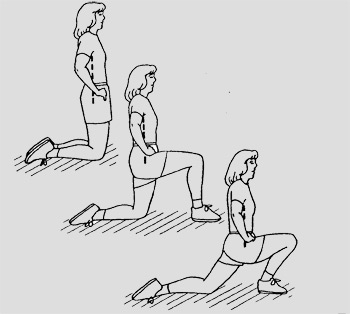Low Back Pain And Lumbar Stabilization Exercises
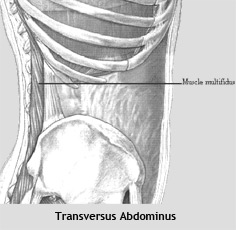
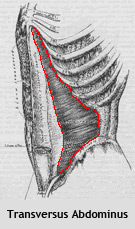
What Are the Lumbar Multifidi and Transversus Abdominus?
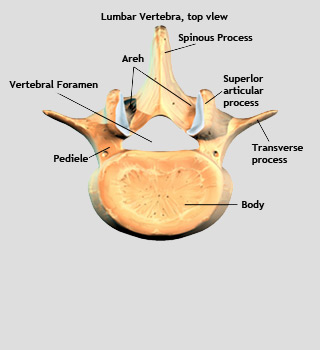
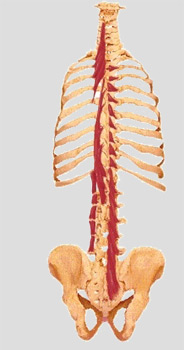
The lumbar multifidi are the deepest layer of muscles of the the back. They attach from the vertebral arches to the spinous processes. Each multifidi connects 1-3 vertebrae, (the vertebrae are the bones of the spine) controlling movement between the vertebrae.
The transversus abdominus is the deepest of the abdominal muscles and is also a stabilizer of the spine. Support by this muscle is considered to be the most important of the abdominal muscle and has also been found to be in a weakened state in those who have chronic back pain or problems. Its normal action along with the action of the the lumbar multifidus muscles function together to form a deep internal corset that acts to stabilize the spine during movement. This pattern of protection is disrupted in patients with low back pain.
It is uncertain why these muscles become dysfunctional after a low back injury, but specific exercises focusing on the contraction of these two muscles together will improve the protective stabilizing ability of the spinal muscles, reduce pain intensity, and improve activities of daily living as well as improve body awareness and posture.
How Is Low Back Pain Treated?
What Does a Lumbar Stabilization Program Involve?
The lumbar stabilization program is a program of back exercises designed to teach patients strengthening and flexibility in a pain-free range. It not only improves the patient’s physical condition and symptoms but also helps the patient with efficient movement. It provides the patient with movement awareness, knowledge of safe postures, and functional strenghth and coordination that promotes management of LBP.
Prior to starting a lumbar stabilization program, the patient should first be evaluated by his/her primary care physician and physical therapist. Together the MD and PT will design a comprehensive rehabilitation program with the above mentioned techniques along with a lumbar stabilization program specified to the patient. Since every patient is an individual and presents with different conditions, a physical therapist is needed to design and monitor the rehabilitation program.
Spinal Stabilization
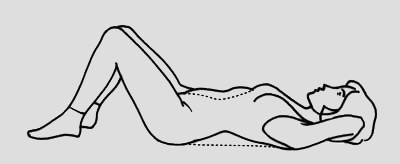
Back Stabilization Exercise 1
Lie on back, left knee bent. Tighten abdominals and buttocks, keeping back in neutral position. Raise right leg 12 inches, knee straight.
- Hold 3 counts
- Lower leg. Repeat 10 times.
- Repeat with left leg.
- Progress to making circles and squares with raised leg.
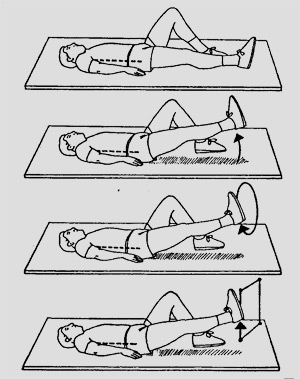
Back Stabilization Exercise 2
Start in kneeling position. Tighten abdominals and buttocks, keeping back in neutral position.
- Hands on hips.
- Raise right foot and place on floor in front of you, kneeling on left knee.
- Lunge forward, moving at hips.
- Hold 3 counts.
- Return to kneeling.
- Repeat 10 times.
- Repeat with the opposite side.
